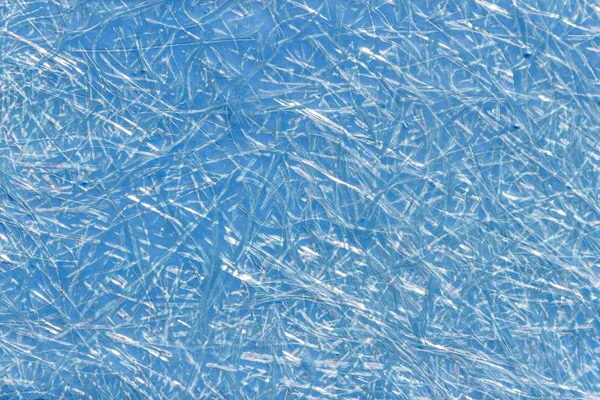As a preeminent provider of composite materials in Australia, Composites Fibreglass International is committed to offering our customers superior composite materials that are produced utilising cutting-edge methods and technology. We’ll talk about the various manufacturing procedures utilised to create composite materials in this blog.
Hand Lay-Up
One of the most fundamental and straightforward manufacturing procedures utilised in the creation of composite materials is hand lay-up. A reinforcement material, like fibreglass, is placed in a mould and covered with a resin, such as polyester or epoxy. After being allowed to cure, the mould produces a solid composite substance.
Vacuum Infusion
Vacuum infusion is a process that involves placing the reinforcement material into a mould and then vacuum sealing it. Resin is then introduced into the mould under a vacuum, ensuring that it completely impregnates the reinforcement material. This results in a uniform and consistent composite material, a vacuum consumable, with a high strength-to-weight ratio.

Resin Transfer Moulding (RTM)
When using RTM, resin is injected into a mould that also contains the reinforcement material. The mould is subsequently sealed and put under pressure to ensure that the reinforcing material is completely saturated with resin. As a result, a composite material of excellent quality is produced that is consistently strong and thick.
Compression Moulding
In the compression moulding process, reinforcement material is put into a mould and the mould is then compressed. The resin then cures and bonds to the reinforcement material when heat is introduced to the mould. A composite material with a high strength-to-weight ratio and a stable thickness is the consequence of this.
Filament Winding
The method of filament winding is carefully winding fibre-reinforced material, such as fibreglass, onto a mandrel. After being put into a mould and being heated and compressed, the mandrel produces a high-strength composite material with a uniform thickness.
Composite materials can be made using a variety of methods, such as hand lay-up, vacuum infusion, RTM, compression moulding, and filament winding. Every technique has advantages of its own and is suitable for particular tasks. At Composites Fibreglass International, we use the most modern technology and production methods to develop high-quality composite materials for our clients. Contact us at once to learn more about our products and market segments.



